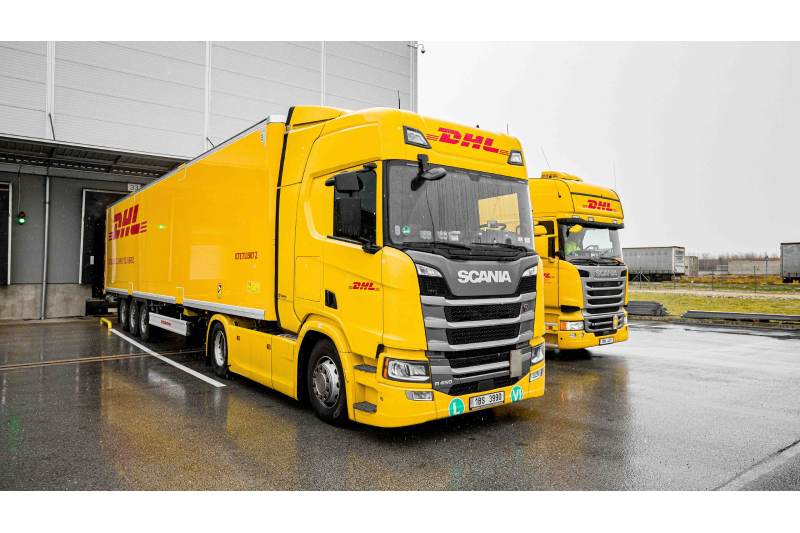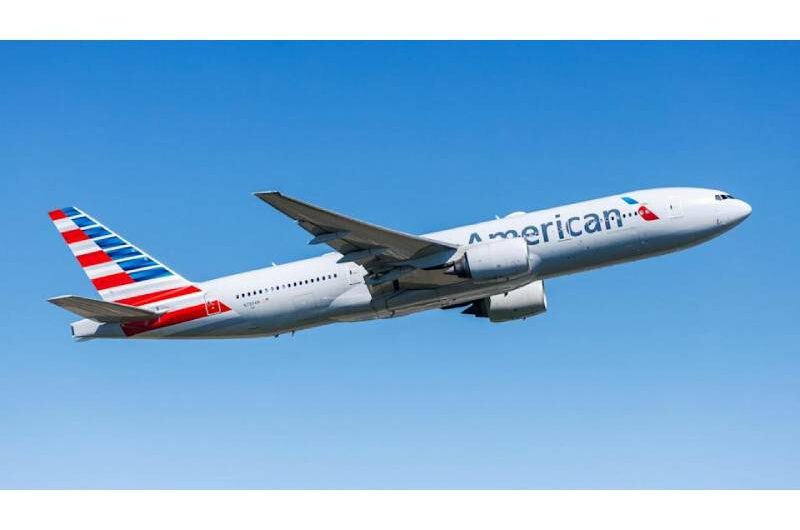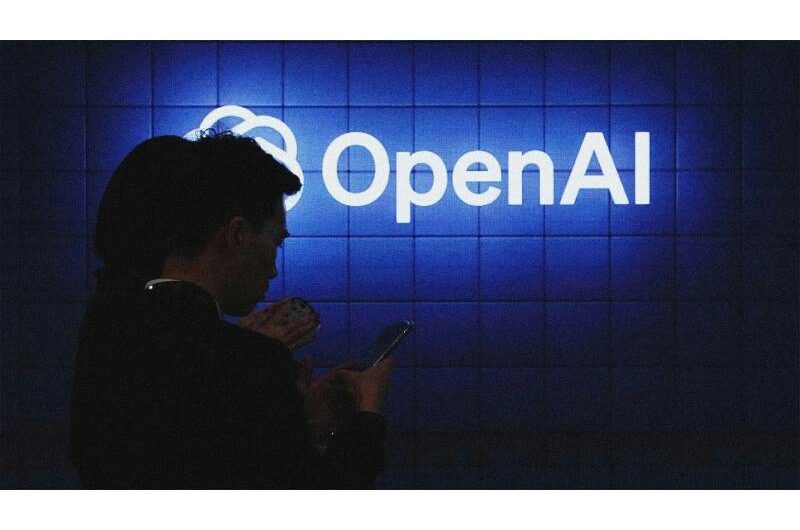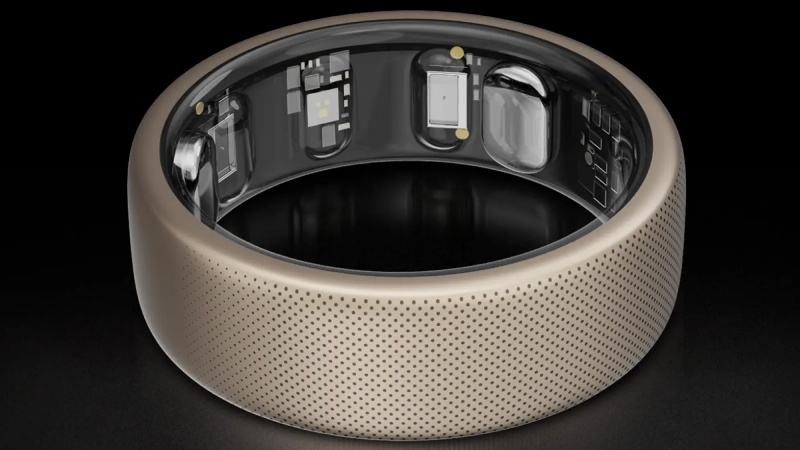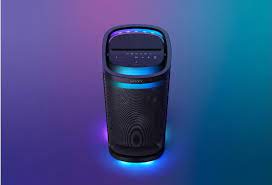Scania and DHL Group have introduced an Extended Range Electric Vehicle (EREV), a hybrid electric truck that is intended to fill the gap between complete electrification and current infrastructural issues, marking a major advancement in sustainable freight transportation. In February 2025, DHL’s Post & Parcel Germany division will begin using this cutting-edge truck on parcel transport routes between Berlin and Hamburg.
A Workable Approach to Decarbonization
Without totally depending on an extensive network of charging stations, the EREV offers a workable short-term alternative for cutting carbon emissions in road transportation. The truck can run on renewable electricity for 80–90% of its trips by combining an electric engine with a fuel-powered range extender. When needed, it can also use a fuel-powered generator. This guarantees uninterrupted operations free from the downtime brought on by charging restrictions.
Important EREV Features:
- Joint Development: Scania and DHL are working together to address the issue of electric truck range constraints.
- Timeline for Deployment: It is anticipated that operations will start in February 2025.
- Extended Range: By combining battery power with a fuel-powered generator, it can go between 650 and 800 kilometers.
- Flexible refilling: By substituting one battery pack, the generator enables refilling at conventional gas stations.
- Significant Emissions Reduction: Compared to conventional diesel trucks, there is a chance to reduce CO₂ emissions by over 80%.
- Future Fuel Flexibility: Initially powered by gasoline, with the possibility of switching to diesel or hydrotreated vegetable oil (HVO) later on.
Technical Details
With a maximum capacity of 295 kW, the EREV’s 230 kW electric motor is driven by a 120 kW gasoline generator and a 416 kWh battery. The vehicle is designed for long-distance logistics, with a maximum weight of 40 metric tons and the ability to move over 1,000 packages.
Leaders in the Industry Support Realistic Solutions
According to Christian Levin, CEO of Scania, “the future is electric, but perfect must not be the enemy of good as we are getting there,” underscoring the need of transitional technology. “This vehicle is a sensible, practical solution that can make an immediate contribution to reducing greenhouse gas emissions in freight transport short-term,” said Tobias Meyer, CEO of DHL Group, in reference to the EREV’s useful features.
A Request for Assistance with Policy
Legislators are encouraged to acknowledge and encourage temporary fixes like the EREV as the logistics sector moves toward complete electrification. Even though charging infrastructure improvements are still necessary, hybrid models can be quite effective in cutting emissions while maintaining operational efficiency.
Instead than waiting for a completely electric future, Scania and DHL are proving that sustainable logistics can advance by implementing creative hybrid solutions. By combining sustainability and functionality, this partnership represents a turning point in the development of freight transportation.
Topics #Hybrid Electric Trucks #Scania and DHL
